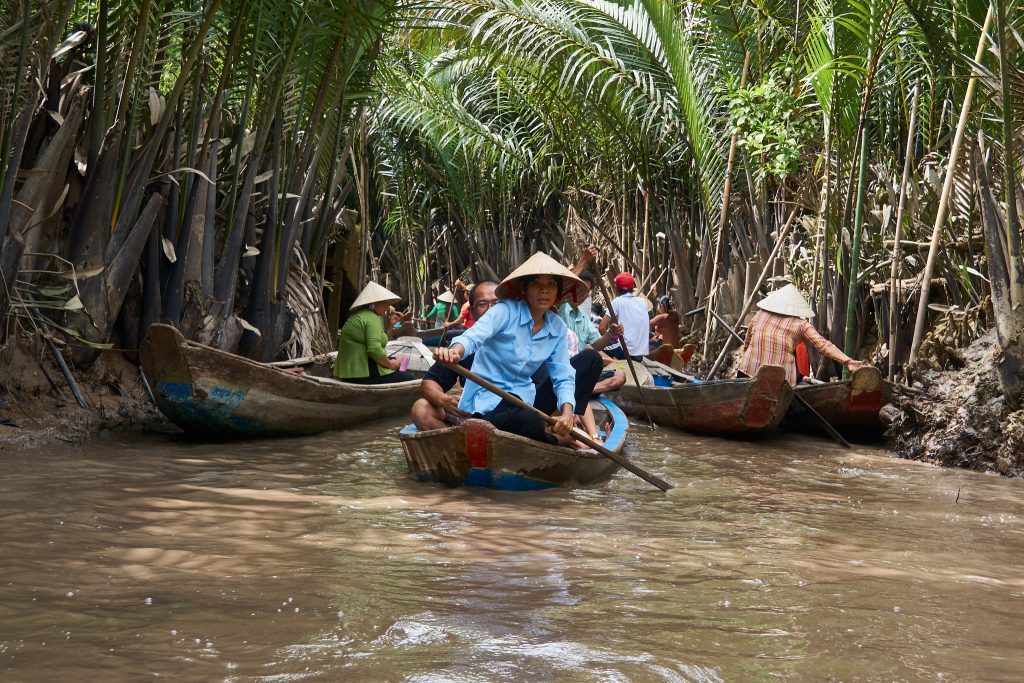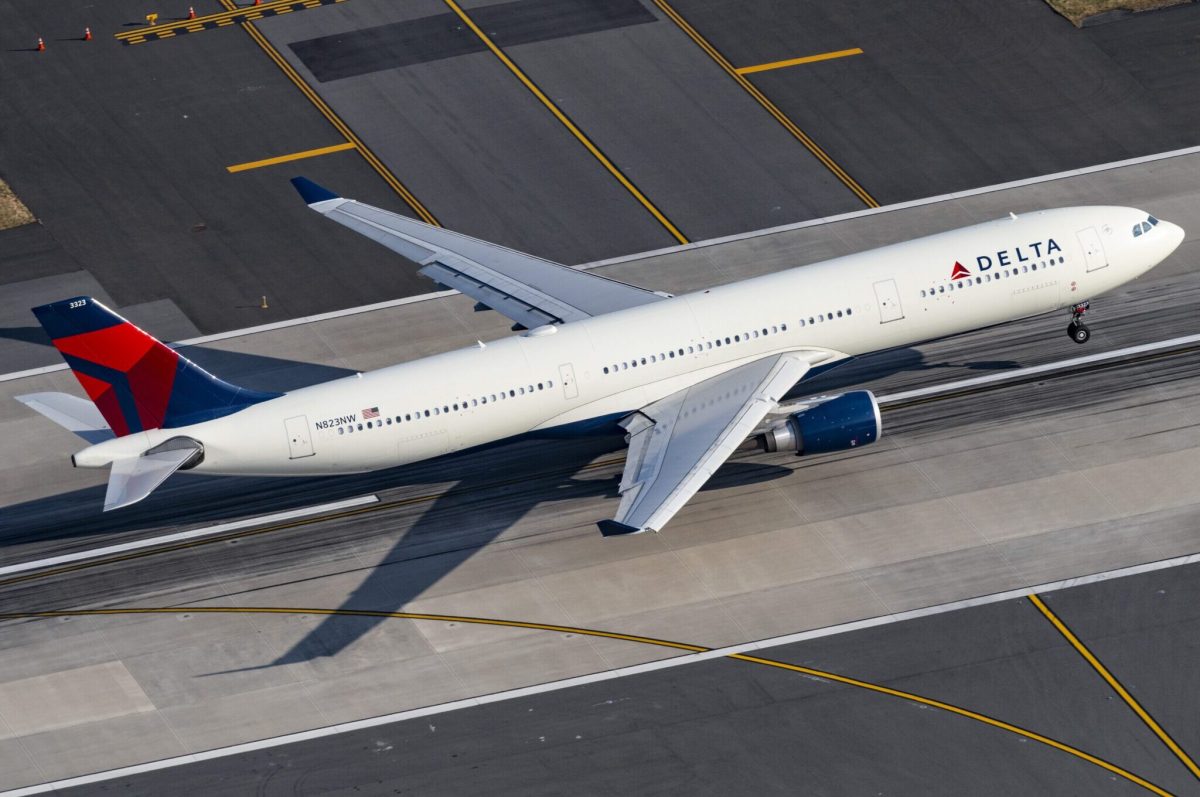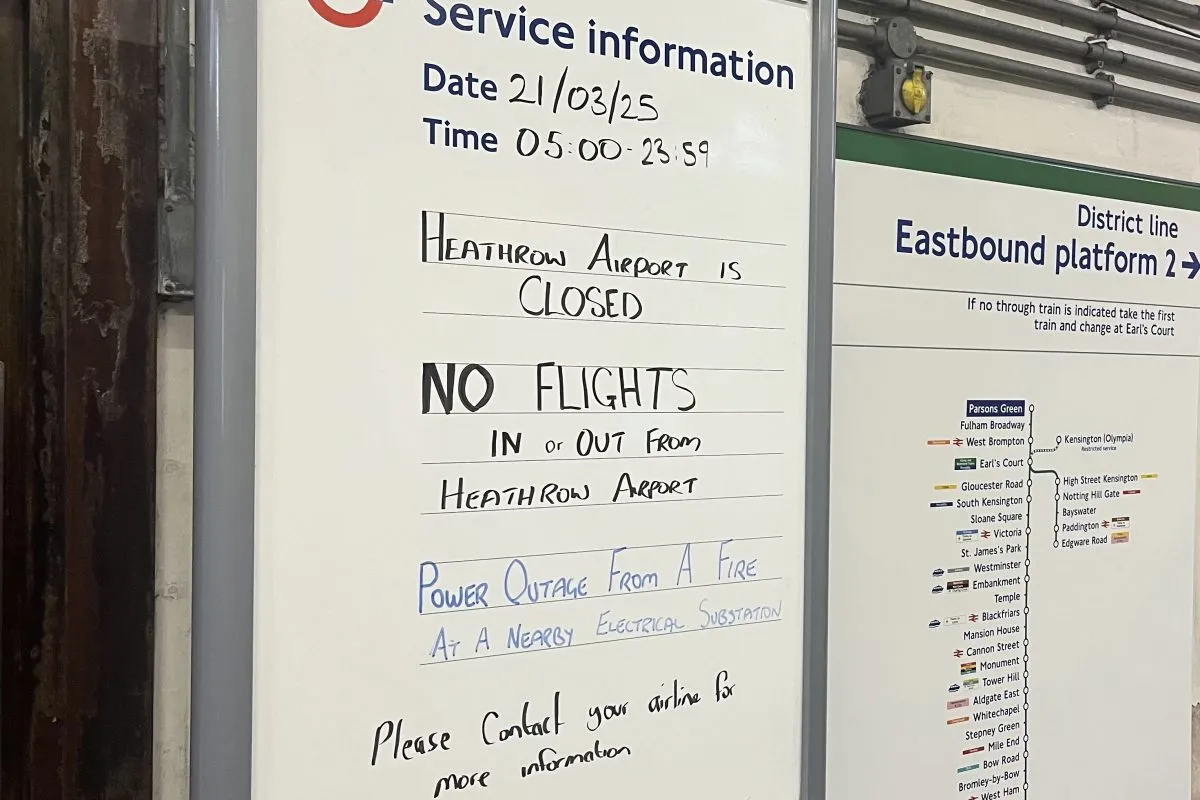Asia Tourism Tackles Climate Change: It Gets Confusing

Skift Take
For a sector that was more used to bullish growth prospects in the last decade, players in Asia tourism fixated about attaining higher visitor arrival and revenue goals.
But there is a new factor in that mix. The growing attention to climate change is being weighed increasingly in strategy as more of the region's travel and tourism organizations push for action.
This heightened awareness is driven, in part, by how apparent climate change shifts are becoming with each passing year, said Kevin Nehemiah Phun, director at The Centre for Responsible Tourism Singapore. “Japan’s cherry blossom festival has moved forward to March instead of April due to earlier blooming, while ecotourism on Atauro Island, in Timor-Leste, has seen its biodiverse marine life affected by rising sea temperatures. The examples [of climate change impacts] are so many.”
A greater sense of accountability is starting to move into corporate organizations’ consciousness, so much so that Graham Harper, director of sustainability and social responsibility at the Pacific Asia Travel Association, remarked that he hasn’t encountered “anyone who hasn’t listed climate change as an issue” based on the organization’s needs analysis assessment of travel industry stakeholders in the past year.
That’s the good news.
The not-so-good news? Measuring and offsetting tourism's carbon footprint is still not well understood by industry stakeholders, say experts, and that could undermine actions and strategies to mitigate climate change in Asia.
Carbon offsetting
Awareness to climate change — and its risks — is now at its highest ever, say sustainability tourism experts, but carbon offsets remain low on the agenda for many industry players in the region where much of the climate action in Asia remains focused on low-bearing fruit like curbing plastic use.
“That is not enough at all,” said Masaru Takayama, president of ecotravel agency Spirit of Japan Travel and founder of Asian Ecotourism Network. “Every day, we see more and more in the industry declaring to incorporate the climate change adaptation yet the mainstream industry is yet to learn how they can actually tackle the issue. It will take more push until the majority actually offset their carbon footprint.
“First we need to calculate our carbon footprint that comes from both our everyday life off-duty and on duty," he added. "Without the measurement, one would not learn the negative impact [our actions are] making to our mother earth. It may come from the direct consumption like gasoline, taking a plane or any fossil-based transportation, and sometimes more importantly, from the electricity.
“Many are happy with zero-emission vehicles but actually the battery could be charged by burning coals and oil. The data of energy sources need to be collected to raise awareness, and eventually help steer the direction [on] what is less impactful to the environment.”
But measuring the impacts of climate change is far from simple, as the offsetting market has seen a surge in offset certifiers such as Gold Standard, Vero, and Plan Vivo, each touting myriad options to offset emissions increases at different price points.
As a result, carbon offsetting has been “an overall complex and confusing issue” for Asia’s many small and medium enterprises seeking to tackle the climate issue through voluntary offsetting, Harper noted.
“To offset carbon for business trips, there exists many different carbon calculators with widely varying readings. A lot of companies want to do something and pay for that, but there’s no clear calculation and pricing which make the [decarbonization] process more difficult. It will be a big undertaking in standardizing offsetting programs,” he added.
Despite criticism of offsetting, a growing number of tour operators in Asia are now offsetting their carbon emissions from their operations as well as on behalf of their clients.
The Australia-based Intrepid Group, which in January announced its commitment plan to become climate positive in 2020, is now advocating a subscription service starting at $6.50 to help travelers offset their personal emissions.
Others like Bangkok-based destination management company Exo Travel has recently introduced a carbon tax — priced at $1.50 per person per day — for its clients to offset their footprint arising from their holidays in Asia.
Carbon offsetting, insisted Exo Travel Director of Sustainability and Exo Foundation Manager Alexandra Michat, should be an “additional” measure that comes on top of a company’s policies and activities on reducing environmental impacts arising from its business.
Furthermore, travelers’ carbon footprint as a whole could potentially be smaller if the governments in Southeast Asia place a greater emphasis on train infrastructure development too, she opined.
“The governments are focusing so much on growing air connectivity that there’s hardly any train infrastructure development. It would so great for our travel programming and carbon footprint if there are rail links connecting Saigon with Bangkok, for instance, than having to rely on air travel between these cities,” Michat remarked. “We’re almost seeing no [domestic] flights in our China and Japan itineraries, and I’d love to see that for Southeast Asia.”
Curtailing growth addiction
As the climate emergency grows, tackling emissions on a large scale cannot be achieved without the political buy-in of governments, say sustainability tourism experts. Yet, the crisis still remains an abstract issue for some of the region's administrations.
“It seems that what matters most is the profitability of projects and quick return on investments rather than sustainability of these destinations. Major stakeholders in our destinations don’t seem to acknowledge the issue of climate change; they take baby steps of banning plastic bags when there would be a need to address issues such as land occupation, rising sea levels, and wildlife disappearance,” said Michat.
A case in point is Phu Quoc, a fast-developing resort island in Vietnam’s south. As tourists descend in flocks and more hotels and resorts are built, the once-pristine destination has seen a parallel spike in litter in open-air fields and shores due to the lack of a proper solid waste management or recycling system in place, according to Michat.
“The basics are just not there yet, so we’re stuck here and not even looking at reducing carbon footprint yet,” she lamented, urging local governments to put a brake on easy concession grants that lead to unfettered development in tourist destinations.
But the window of opportunity for action is rapidly narrowing, Takayama warned, calling for changes to curb tourism-related emissions to attain the 2030 sustainable development goals agreed by the world’s countries under the 2015 Paris climate agreement.
“Everybody is in the game for [climate], and no one should be left behind regardless of the economic and environmental climate,” he said. “The cost they have to pay is already accruing interests, and they have to pay more at the end or they go broke and have to take the suffering, unfortunately. The political will must take place, [otherwise] many may have to be done the hard way through bitter lessons.”
Ultimately, the climate game in Southeast Asia requires a “multi-stakeholder, multi-ministerial” approach, said Pacific Asia Travel Association's Harper, who is “optimistic” that Asia’s tourism industry is well placed to make the positive changes to reduce carbon footprint and increase climate-related investments.
“Well, the world won’t end tomorrow,” he stated.
Skift’s in-depth reporting on climate issues is made possible through the financial support of Intrepid Travel. This backing allows Skift to bring you high-quality journalism on one of the most important topics facing our planet today. Intrepid is not involved in any decisions made by Skift’s editorial team.




